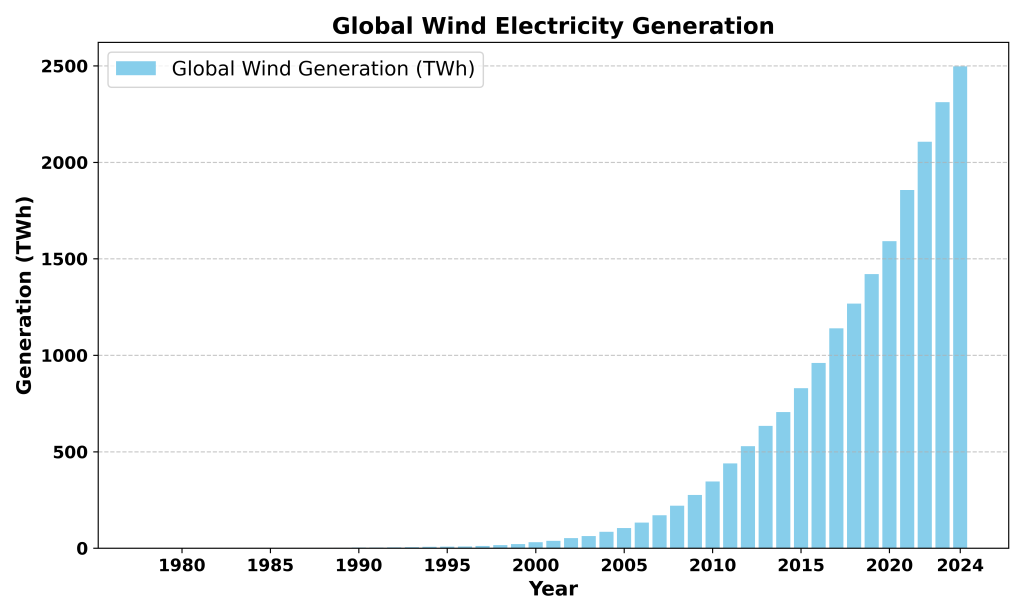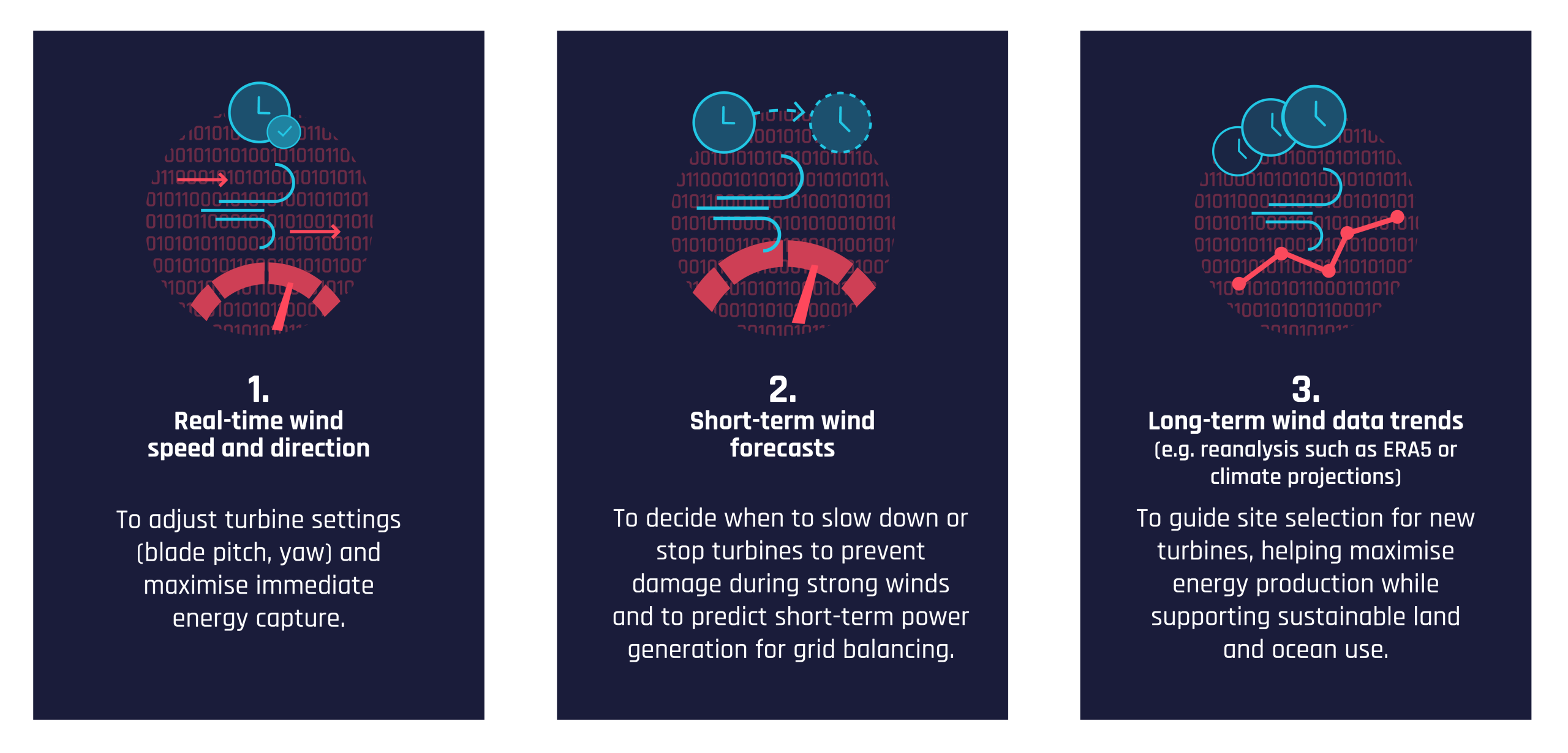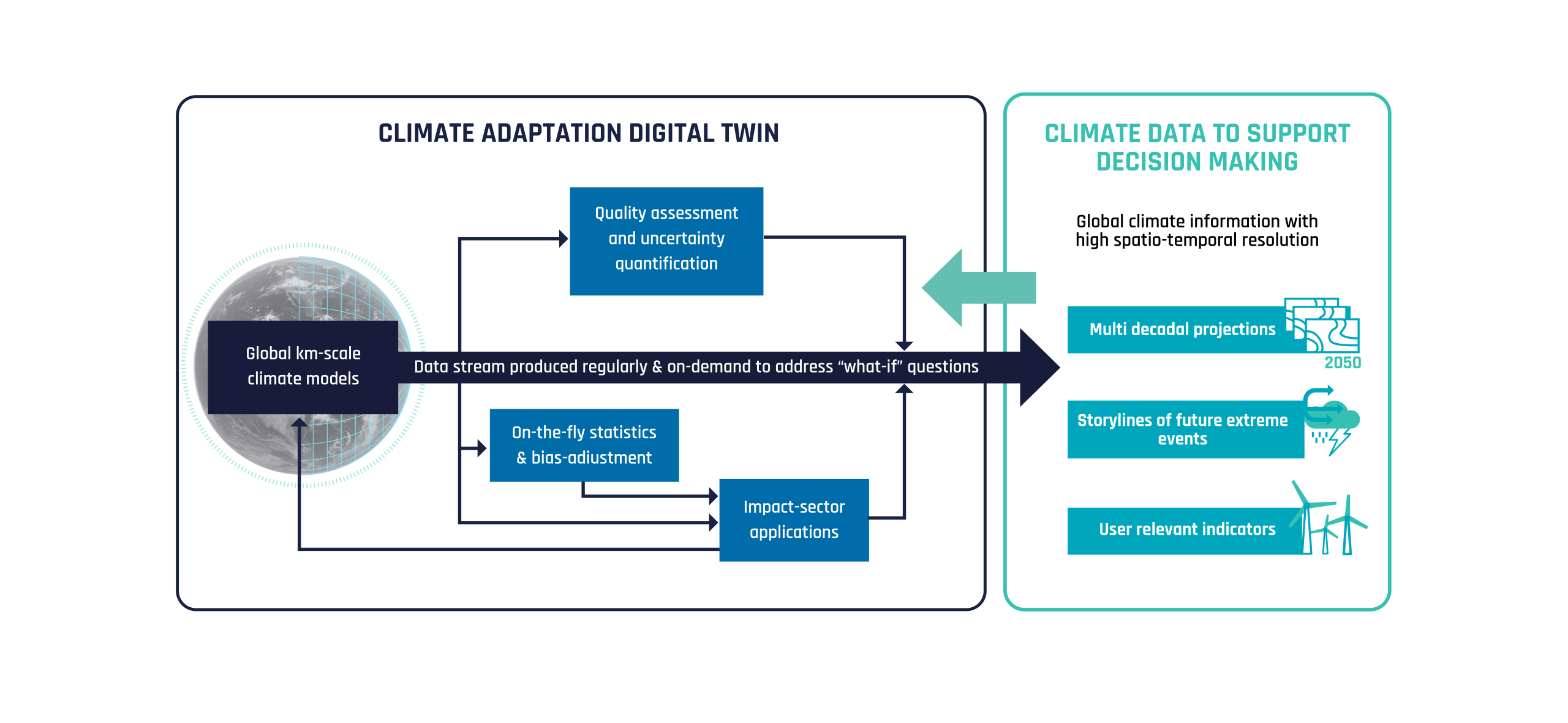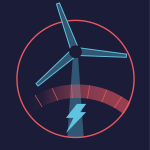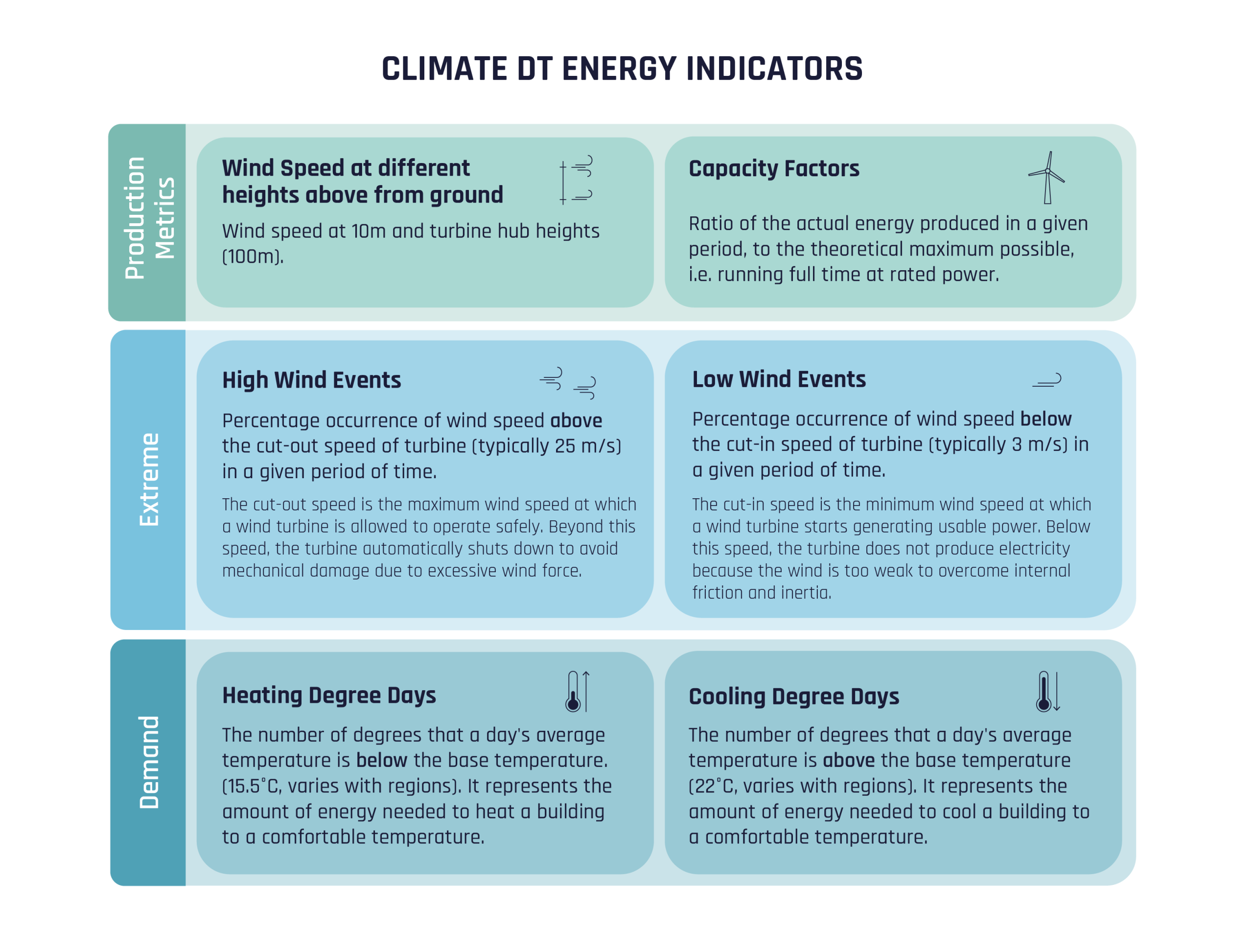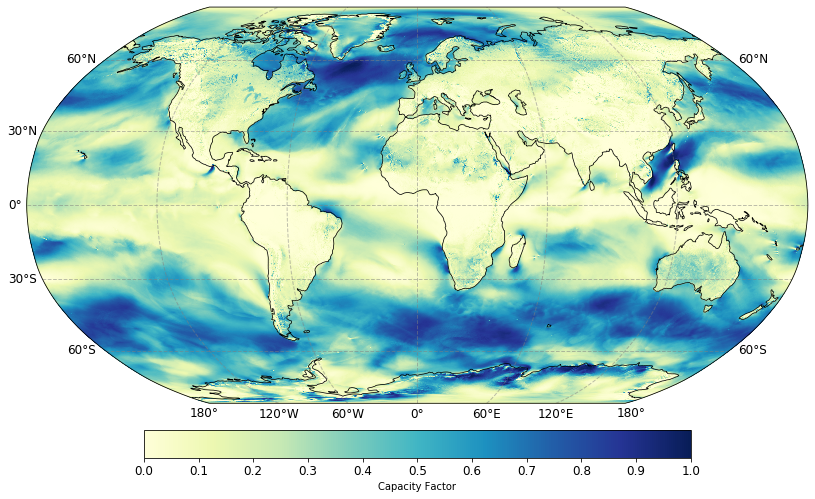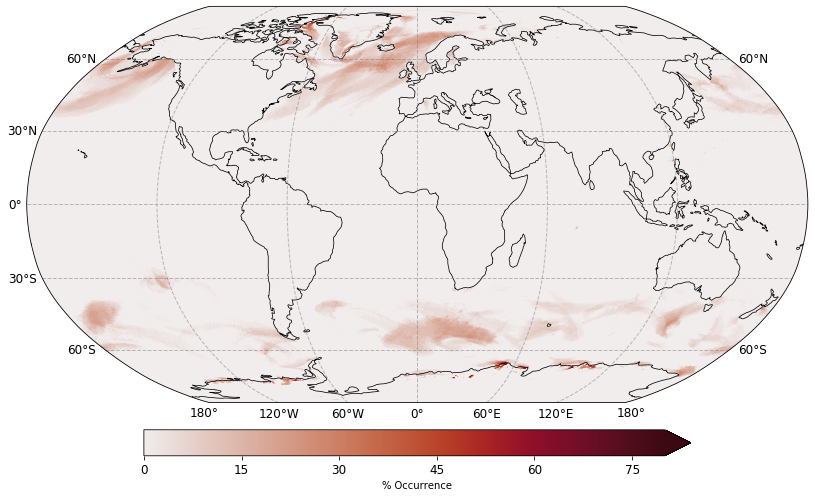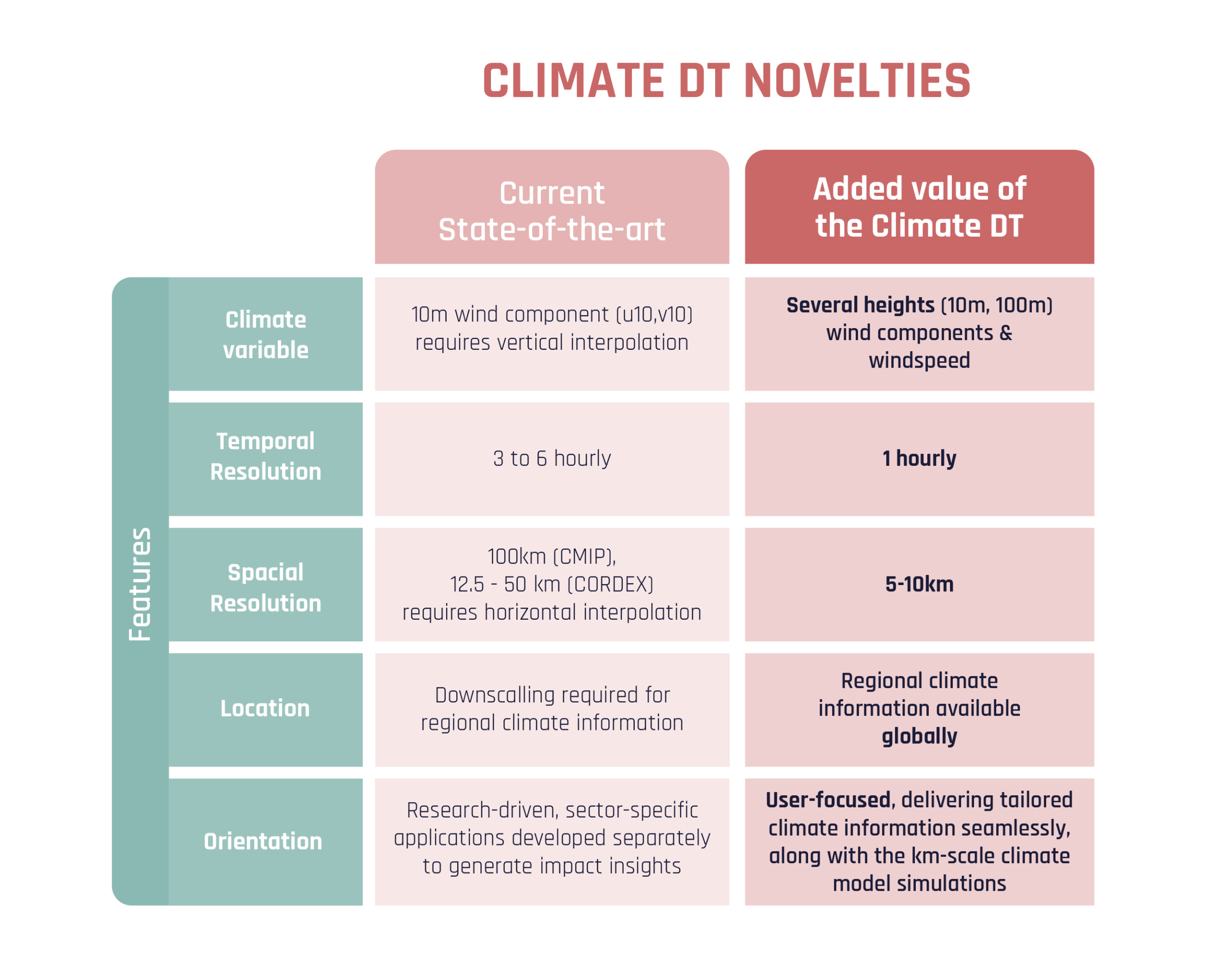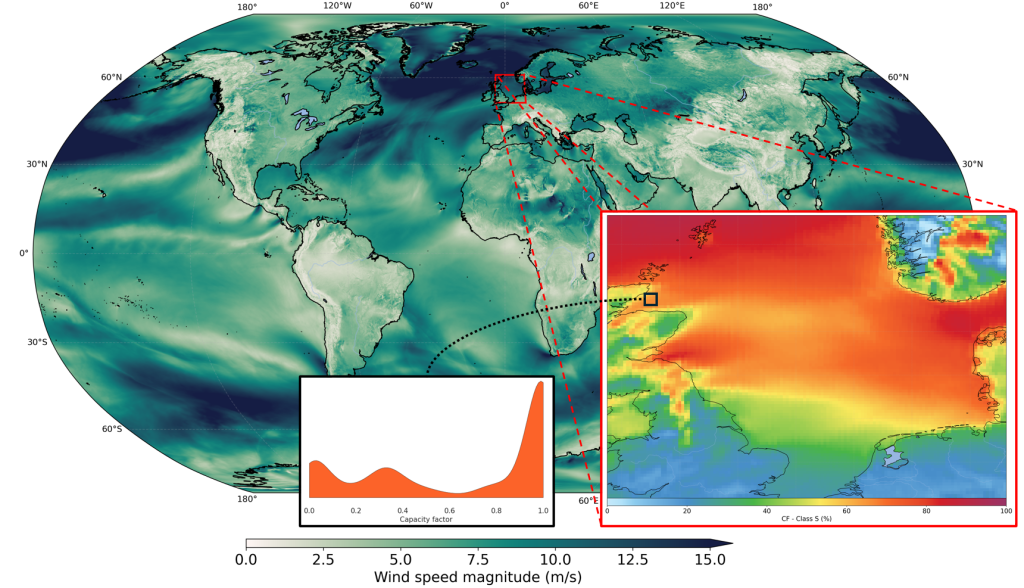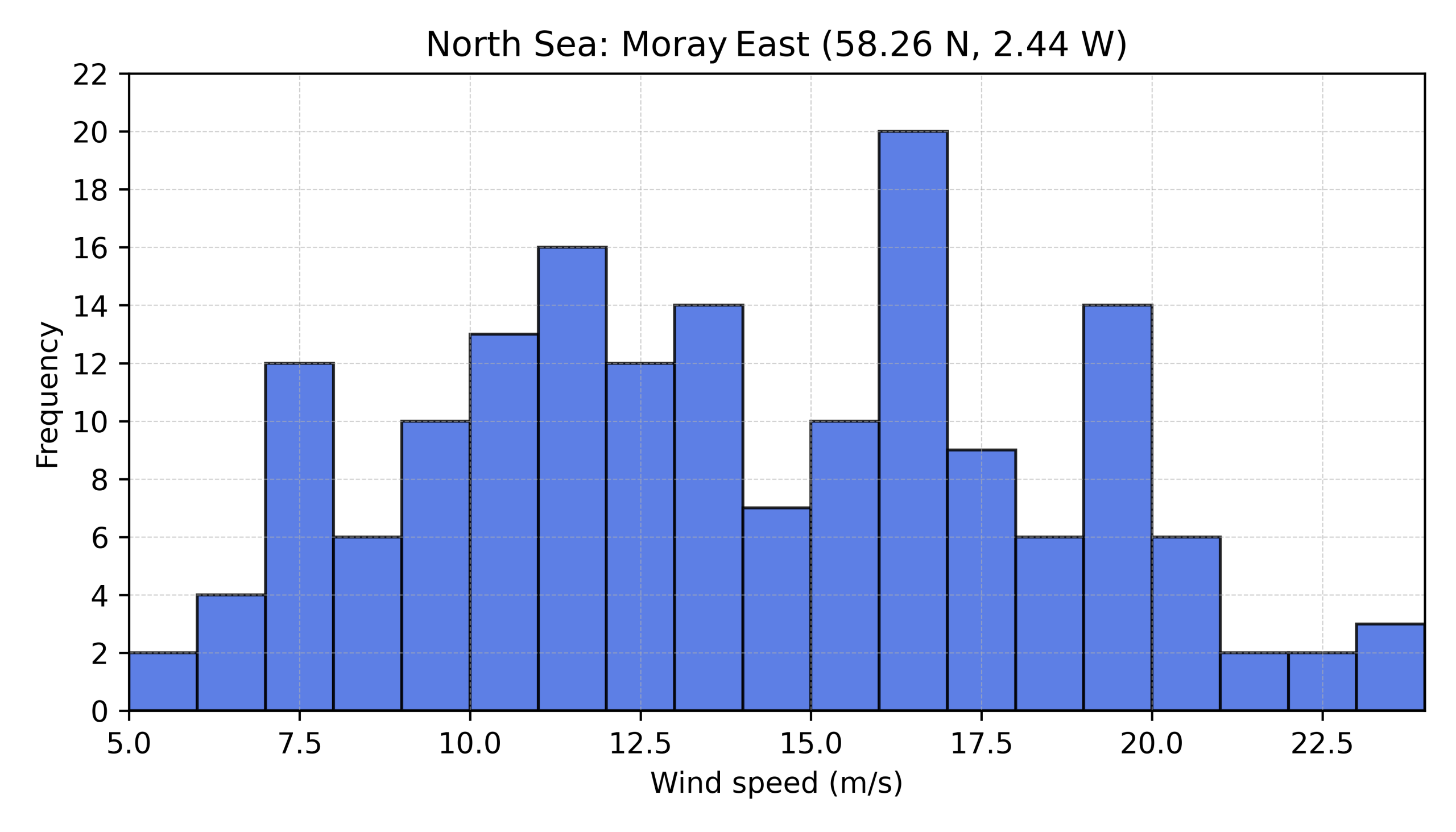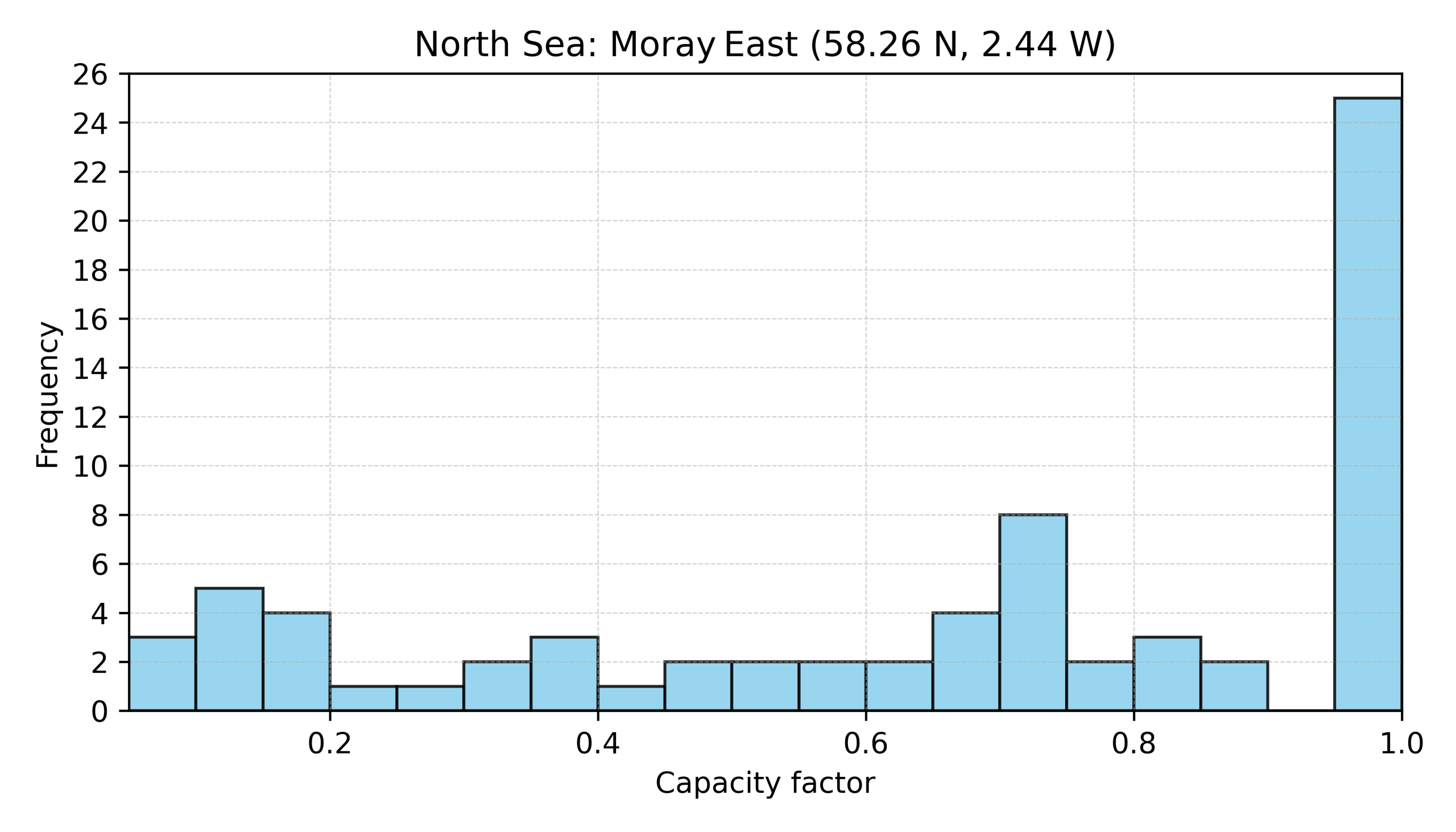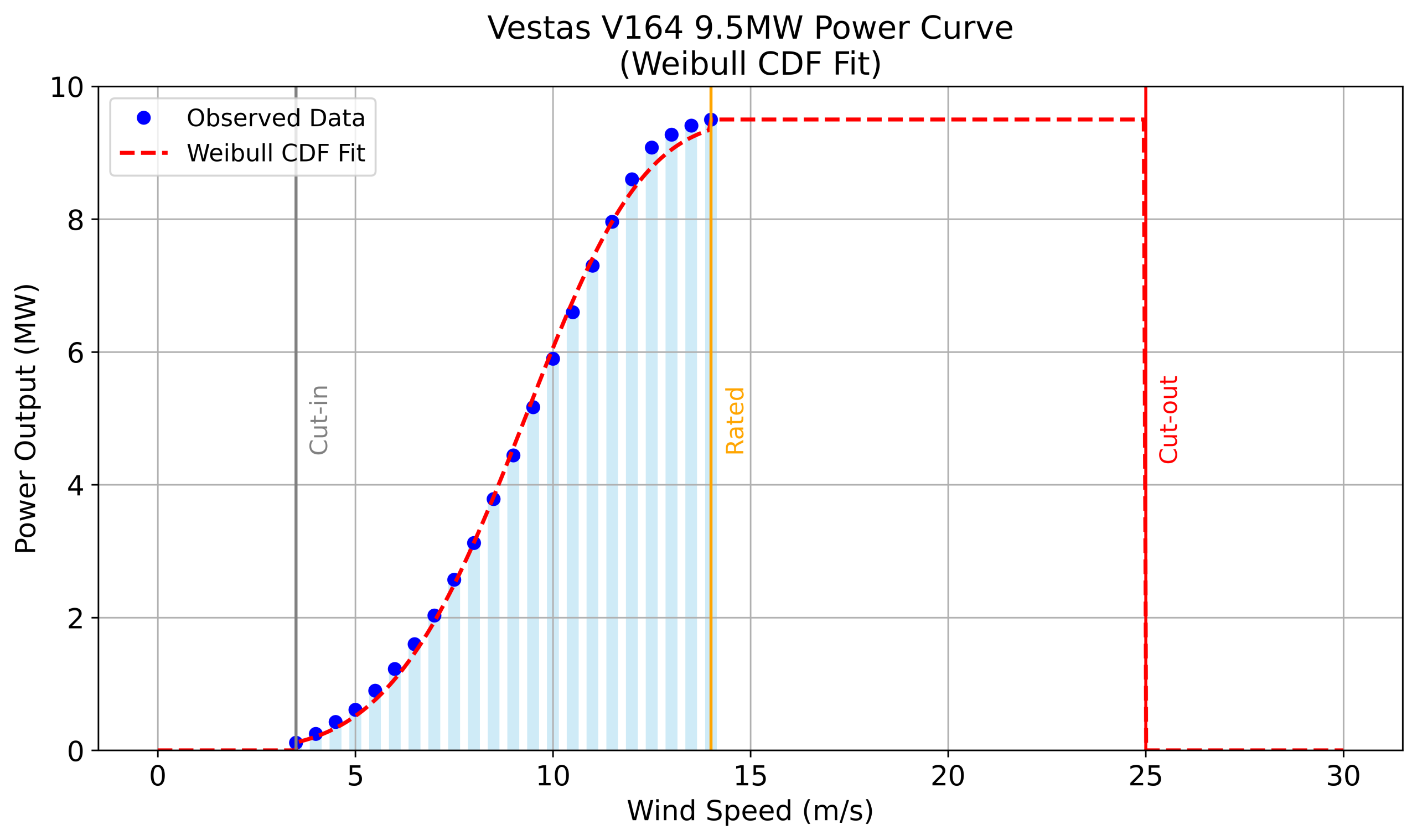Key users are at the heart of the Climate Change Adaptation Digital Twin (Climate DT). The Climate DT is part of the European Commission’s Destination Earth initiative, developed by CSC and leading institutions across Europe, together with ECMWF. Through a co-design process, the Climate DT integrates tailored, user-oriented information for sectors affected by climate change, helping them address related challenges more effectively. One such sector is renewable energy, especially wind power, which is vital to Europe’s energy transition and highly sensitive to climate variability and change.
The wind energy sector is expanding both onshore and offshore, driving a steady rise in energy production (Figure 1). This growth increases the demand for detailed and timely climate information tailored to guide adaptation in wind farm design and operations, as well as to identify suitable locations for new installations. It also creates a need for improved estimates of future wind energy resources to support long-term planning.
The Climate DT’s new capabilities are key to meeting these needs, contributing to a stable energy supply while ensuring that infrastructure development aligns with broader sustainability goals. Its co-design approach actively involves end-users from the wind energy sector, fostering a close collaboration throughout the development.
This article explores how these capabilities can provide targeted solutions for the wind energy sector, supporting the planning of a climate-resilient energy system that advances the EU’s broader climate and energy goals.
